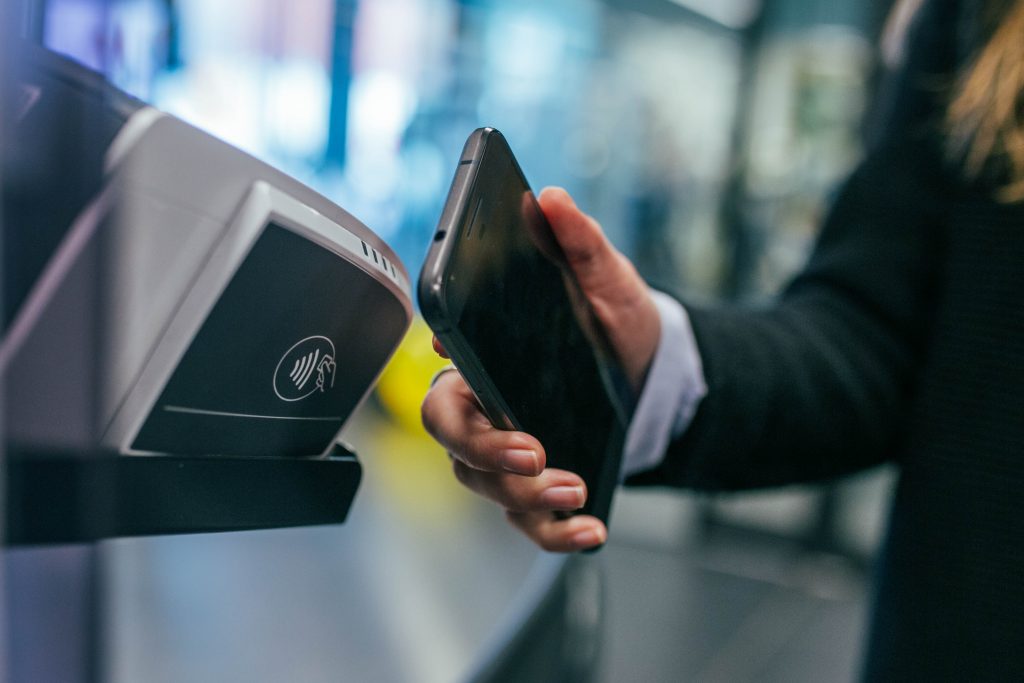Are you prepared to profit from FinTech disruption?
Whether you’re a small business or the biggest asset manager in the world, you’ll need to pay attention to the rapid fintech disruption facing banking and fund transfer systems. Facebook caused no small stir when it announced plans to launch an Exchange Traded Fund (EFT) based on Libra
– a digital asset backed by a basket of currencies. Although the social media giant has since hit up against roadblocks, it’s giant brand name, global reach, and investment capability could take its currency into the mainstream.

Former Chancellor Philip Hammond said the UK would engage with Libra and not ‘turn our back on it’ or ‘try to stop it’. He said; “If it works and is properly regulated it could be transformative, in operating payment systems for example.”
So what’s the future of fund transfer? And how can businesses and merchants profit from the current wave of FinTech disruption?
Payment Technologies
Merchant Advice Service Director, Libby James, helps merchants find their most lucrative route to money transfers. She said that while there’s a definite future in merchants making payment in cryptocurrencies, it’ll likely be quite some time before it goes mainstream. Currently, most cryptocurrency payment solutions are sought after by companies that serve a niche market.
“I think the advances in payment technology are exciting. Transfers are becoming easier and more secure
, Facebook’s Libra is a prime example of this. I’m a firm believer in providing customers with payment options, not only does this increase sales but it makes products and services more accessible to all types of people.”
Although cryptocurrencies appear poised to disrupt business as usual, according to James, it’s Open Banking that’s already made serious headway in shaking up transactions – breaking open an encrusted banking system.
Open Banking is helping tip the transaction scale in favour of the consumer, offering a secure way for account holders to give providers access to their financial information. This opens the door to a greater variety of products and services. For merchants, it means more control over their transaction data and easier access to the stream of newcomers bringing innovation to fund transfer.
“The scope for electronic transactions is huge as we see the lines between social and payment interfaces become blurred,” James explained. “Consumers will have more options for making card payments and this should lead to lower prices and more accessible products. FinTech innovation will drive increased levels of security.”
So with the rising upstarts on the market and all of the fintech disruption, how would a merchant or business owner stay one step ahead of the game with an optimal payment transfer system? “The simple answer is that there isn’t a one-size-fits-all solution – which is why I don’t think we’ll ever have a fully automated process behind acquiring,” James said.
Conveniences
What matters most is that a business’s payment system matches the size, type, and scale of the transaction.
“For example, there are some businesses which accept a large volume of smaller transaction sizes and if it’s a face-to-face business, they may be more suited to a provider that doesn’t charge for contactless,” James explained. “Others might take larger transactions on business credit cards, so they should focus on what they’re being charged for on these rates.”
It’s often not common knowledge amongst business owners, but some providers will give rewards for certain transactions.
“In one case we helped a taxi company get a merchant account that actually paid them, rather than charging them, whenever the payment came from an overseas bank.
Lower Costs, But Caution
“This taxi company was based near an airport and has a lot of overseas clients. They were able to offset all of the costs associated with taking card payments and actually made a small profit.”
When it comes to selecting a payment transfer provider, James warns to carefully read the fine print and scan for any hidden fees.
“Numerous account providers will charge fees which are unexpected to the merchant – don’t just look at the headline rates.
“If you have a trading history that’s representative of your future revenue then, whilst looking at the detail, actually calculate how much each solution would have cost you over the past few months. Sometimes the answer can surprise you.”
With market newcomers challenging incumbents with fintech disruption to improve services and compete on pricing, there’s never been a better time to find your best payment transfer provider – so use this to your advantage. When your contract comes to an end, Libby recommends “seeing what’s out there in terms of better offers. Saving money and growing your bottom line doesn’t have to be difficult. If you can’t find the time to shop around, use a broker to do it for you.”

